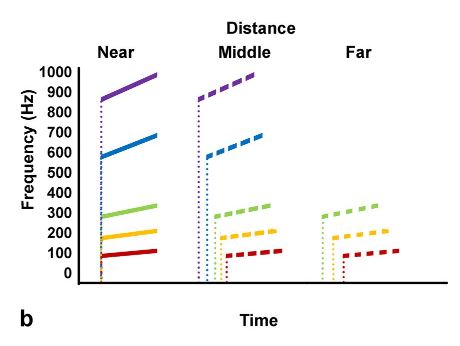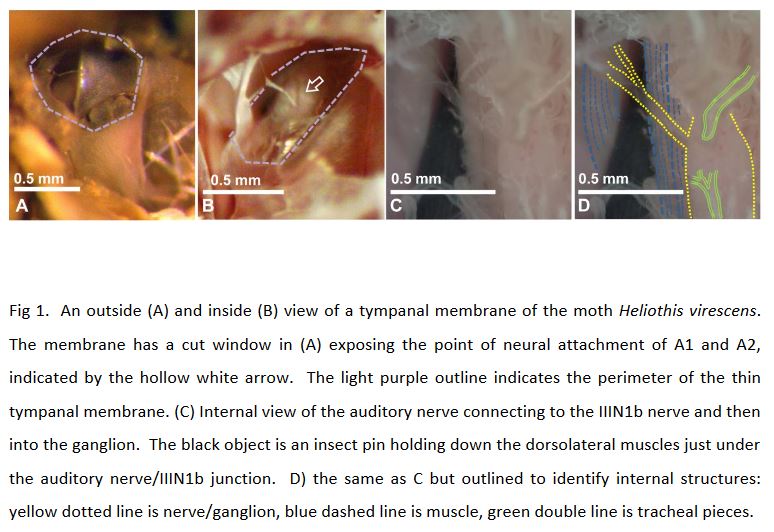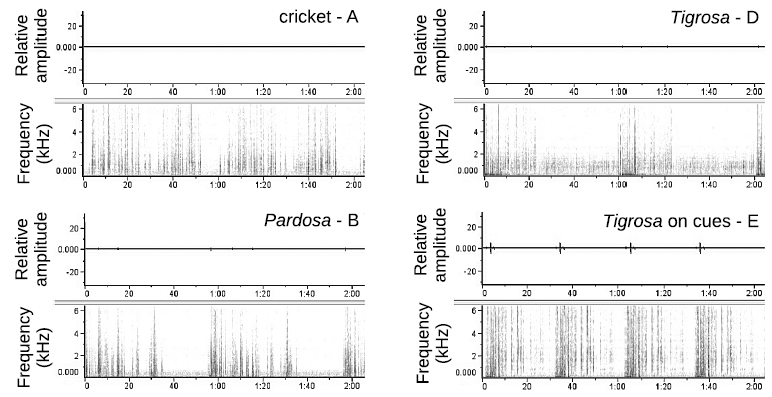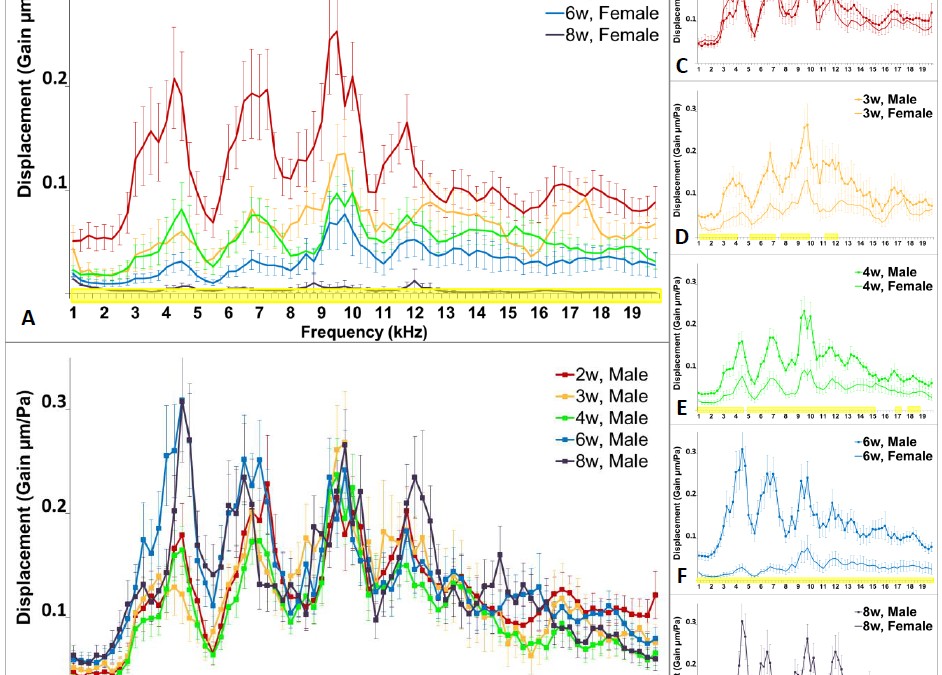
by Shira | May 26, 2021
Finding a partner to mate with may be only part of ensuring successful siring of offspring. Females often exhibit cryptic female choice (CFC) during or after copulation, which can influence whose sperm from her multiple partners is chosen for egg fertilization. Known...

by Shira | Aug 23, 2019
The agricultural pest, Homalodisca vitripennis, relies on vibrational communication through plants for species identification, location, and courtship. Their vibrational signal exhibits a dominant frequency between 80 and 120 Hz, with higher frequency, lower intensity...

by Shira | Mar 21, 2017
The ear of the noctuid moth has only two auditory neurons, A1 and A2, which function in detecting predatory bats. However, the noctuid’s ears are located on the thorax behind the wings. Therefore, since these moths need to hear during flight, it was hypothesized...

by Shira | Oct 9, 2016
Predators may inadvertently signal their presence and threat level by way of signals in multiple modalities. We used a spider, Pardosa milvina, known to respond adaptively to chemotactile predator cues (i.e., silk, faeces and other excreta) to evaluate whether it...

by Shira | Oct 9, 2016
Insects display signs of ageing, despite their short lifespan. However, the limited studies on senescence emphasize longevity or reproduction. We focused on the hearing ability of ageing adult locusts, Schistocerca gregaria. Our results indicate that the youngest...







Recent Comments